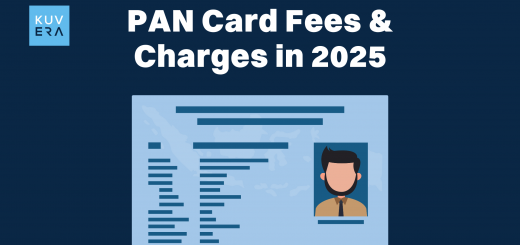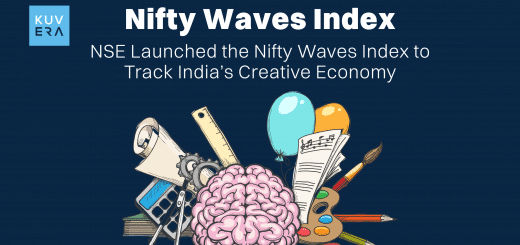There’s something special about every UPI payment you make at every cafe, chai stall, your favourite momos place, and paan shop in India. Not only is it convenient, but UPI shows inclusion. It has made payments digital and instant. Not to forget free, but for how long?
To understand what’s at stake, we need to know some basic economics. Goods are majorly classified by two traits:
- Excludability (can people be kept out)
- Rivalry (does one person’s use reduce another’s)
Based on these, we get four kinds of goods:
| Types of Economic Goods | Rivalrous | Excludable | For example |
|---|---|---|---|
| Private goods | Yes | Yes | A cup of chai |
| Club goods | No | Yes | Netflix |
| Common pool goods | Yes | No | Fish in the ocean |
| Public goods | No | No | Streetlights |
For the past five years, UPI has behaved like a public good. It’s free and frictionless. It is available to anyone with a bank account and a mobile phone. This wasn’t always the case. Until 2019, banks charged merchants a fee, i.e., 0.25% for transactions under ₹2,000, and 0.65% for larger ones.
The government’s decision to scrap these fees in December 2019 changed everything. Usage exploded 14x in five years. Last month alone saw 1,840 crore transactions worth ₹24 lakh crore. But now, there’s uncertainty in the air.
RBI’s governor recently stated, “Some costs have to be paid whether collectively or by the user.” Though the finance ministry quickly dismissed the idea of bringing back merchant discount rates (MDR), the conversation has begun.
Banks argue that UPI hurts their bottom line. But they’ve already been compensated. They charge 15 paise per ₹100 for small-ticket UPI payments. And the number of participating banks has increased from 143 to 675 post-MDR removal. Why? Because UPI isn’t just a transaction medium. It can be used as a customer acquisition funnel for lending, insurance, and even cross-selling.
Reintroducing MDR risks more than a few paise lost per swipe. By reducing merchant acceptance, increasing cash usage (already at ₹37 lakh crore), and inflating printing costs (₹6,373 crore last fiscal), this could tilt the entire system backwards.
In short, UPI works because it behaves like a public good. Change that, and you risk turning a digital utility into a digital luxury.
Interested in how we think about the markets?
Read more: Zen And The Art Of Investing
Watch here: Investing in Passive Funds












